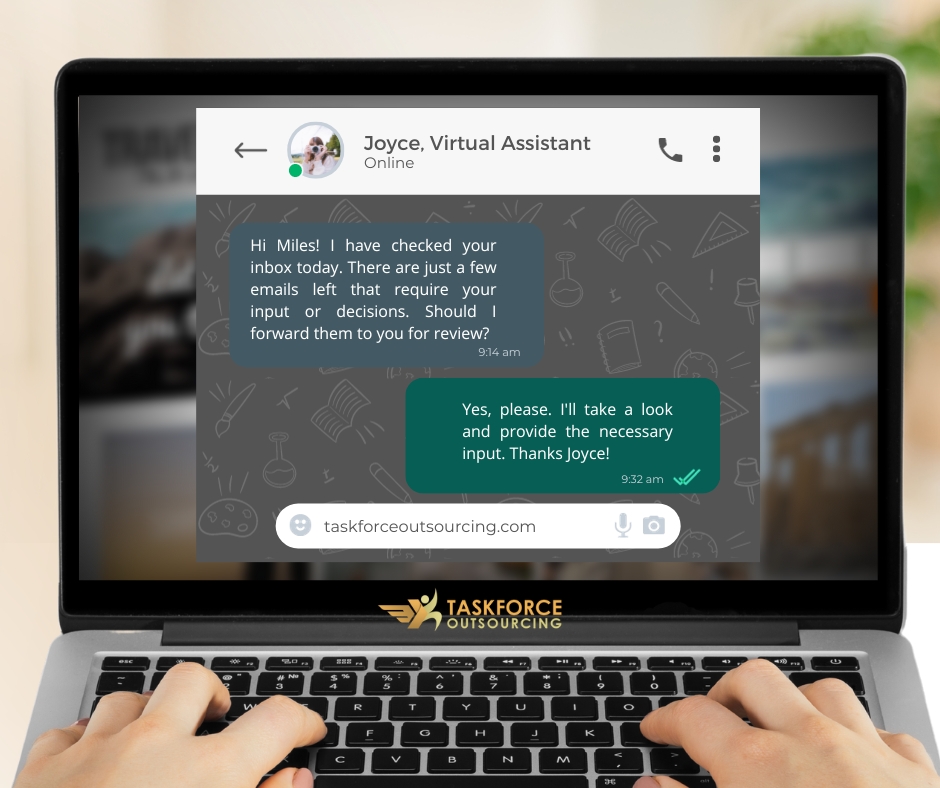Virtual assistants have become invaluable assets for businesses, offering support, efficiency, and flexibility. However, to ensure seamless collaboration and maximise productivity, creating Standard Operating Procedures (SOPs) is essential. SOPs serve as a roadmap, guiding virtual assistants through tasks and processes, ensuring consistency and quality of work.
Understanding the Importance of SOPs
Standard Operating Procedures are the backbone of any well-organised business. They provide clear instructions, define roles, and establish best practices. When it comes to virtual assistants, SOPs are indispensable for aligning their work with your expectations and business objectives.
Identifying Tasks and Processes
Begin by listing all the tasks and processes your virtual assistant will handle. Categorise them based on complexity and frequency. This step lays the foundation for creating detailed SOPs tailored to each task category.
Documenting Step-by-Step Instructions
For each task, document step-by-step instructions. Be explicit and detailed, assuming the reader has no prior knowledge of the task. Use clear language, bullet points, and visuals if necessary to enhance understanding. Break down complex tasks into manageable subtasks for easier comprehension.

Incorporating Visuals and Multimedia
Visual aids such as flowcharts, screenshots, and instructional videos enhance the clarity of SOPs. Visuals provide a visual representation of the process, making it easier for your virtual assistant to follow the instructions. Incorporating multimedia elements adds depth to the SOPs, catering to different learning styles.
Defining Roles and Responsibilities
Clearly define roles and responsibilities within the SOPs. Specify the tasks assigned to the virtual assistant and outline your expectations regarding timelines, quality, and communication. Setting clear boundaries ensures accountability and prevents misunderstandings.
Reviewing and Testing SOPs
Before finalising SOPs, review them meticulously. Ensure there are no ambiguities or gaps in the instructions. Additionally, conduct a trial run of the procedures with your virtual assistant. Their feedback is invaluable for refining the SOPs and addressing any challenges they may encounter during the tasks.
Ensuring Accessibility and Version Control
Store SOPs in a centralised location accessible to both you and your virtual assistant. Cloud-based platforms or document management systems are ideal for this purpose. Implement version control to track changes and updates to the procedures, ensuring everyone is working from the latest SOPs.
Encouraging Feedback and Continuous Improvement
Promote an open feedback loop with your virtual assistant. Encourage them to provide suggestions for process improvement. Regularly revisit and update SOPs based on feedback and evolving business requirements. SOPs should be dynamic documents that adapt to the changing needs of your business.
Conclusion
Creating Standard Operating Procedures for your virtual assistant is a pivotal step toward optimising your business operations. By understanding the essence of SOPs, documenting procedures clearly, utilising templates and visual elements, ensuring accessibility, providing comprehensive training, fostering a feedback loop, and embracing continuous improvement, you empower your virtual assistant to excel. SOPs not only enhance productivity but also lay the foundation for a collaborative and efficient work environment.
Frequently Asked Questions (FAQs)
A: SOPs provide clear instructions, define roles, and establish best practices, ensuring consistency and quality of work. They serve as a roadmap for virtual assistants, aligning their tasks with your business objectives.
A: SOPs should be highly detailed, assuming the reader has no prior knowledge of the tasks. Use clear language, visuals, and multimedia elements to enhance understanding and make the instructions as explicit as possible.
A: Yes, SOPs should be dynamic documents that adapt to evolving business requirements. Regularly review and update SOPs based on feedback, changes in processes, or new tasks to ensure they remain relevant and effective.
A: Visual aids such as flowcharts, screenshots, and instructional videos enhance the clarity of SOPs. They provide a visual representation of the process, making it easier for virtual assistants to follow the instructions and perform tasks accurately.
A: Encourage open communication and conduct training sessions to ensure your virtual assistant understands the SOPs. Regularly check in with them, address any questions or concerns, and provide feedback to reinforce adherence to the procedures.
By following the steps outlined in this article, you pave the way for efficient collaboration, consistent task execution, and heightened productivity. SOPs serve as the backbone of your virtual assistant’s role, ensuring they understand your business intricacies and contribute significantly to your success.


